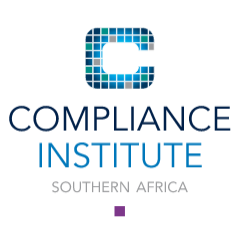Digital identity
Publish date: 13 March 2020
Issue Number: 111
Diary: CompliNEWS
Category: AML
By Financial Action Task Force (FATF)
The number of digital transactions are growing at an estimated 12.7 % annually. By 2022, an estimated 60% of global GDP will be digitised.
In any financial transaction, knowing your customer is essential to ensure that the funds involved are not linked with crime and terrorism. However, in a digital context, traditional verification tools do not apply. The FATF has developed guidance that will help governments, financial institutions, virtual asset service providers and other regulated entities determine whether a digital ID is appropriate for use for customer due diligence.
Reliable digital ID can make it easier, cheaper and more secure to identify individuals in the financial sector. It can also help with transaction monitoring requirements and minimise weaknesses in human control measures.
Digital ID systems are evolving rapidly. To determine whether a digital ID is suitable, governments, financial institutions and other stakeholders should:
- understand the assurance levels of the digital ID system’s technology, architecture and governance; and
- given its assurance levels, determine whether it is appropriately reliable and independent in light of potential risks that it is used to facilitate.
Illicit finance
With 1.7 billion unbanked adults worldwide and 26% of them citing lack of documentation as the primary barrier, digital ID offers another important benefit. A robust digital ID can allow individuals without a traditional identification to nonetheless have a robust form of identification to access financial services and improve financial inclusion.
This guidance is technology-neutral, and has benefited from a public consultation with the private sector.
Executive Summary - Digital ID
Appendix A: Description of a Basic Digital Identity System and its Participants
Appendix C: Principles on Identification for Sustainable Development
Appendix D: Digital ID Assurance Frameworks and Technical Standard-Setting Bodies
Appendix E: Overview of US and EU Digital Assurance Frameworks and Technical Standards



